Bionic Patterns In Architecture
Application of Bionic Patterns in Architectural Structures Using Building Information Modeling Tools
By: Tatiana Chichugova
University Of Florida
2015
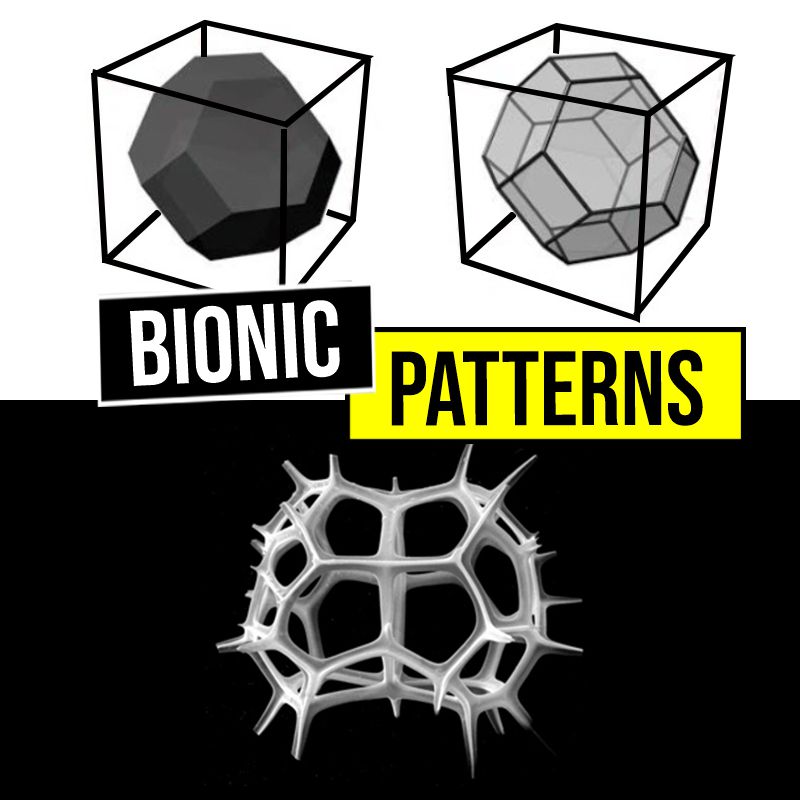 Application of technologies in digital design and construction is undergoing great development. Today, however more designers tend to go back to nature and find their inspiration there. It is very important to remember that architecture is the design made for people, which should be affordable, comfortable and aesthetically beautiful. In order to combine those needs, this research is proposing a module design driven form the analysis of natural biological shapes (bionics) utilizing Building Information Modeling (BIM) technologies. The main approach for this research is to utilize nature as an inspiration for discoveries and the model of learning from natural shapes to create an innovative bionic structural systems.
Application of technologies in digital design and construction is undergoing great development. Today, however more designers tend to go back to nature and find their inspiration there. It is very important to remember that architecture is the design made for people, which should be affordable, comfortable and aesthetically beautiful. In order to combine those needs, this research is proposing a module design driven form the analysis of natural biological shapes (bionics) utilizing Building Information Modeling (BIM) technologies. The main approach for this research is to utilize nature as an inspiration for discoveries and the model of learning from natural shapes to create an innovative bionic structural systems.
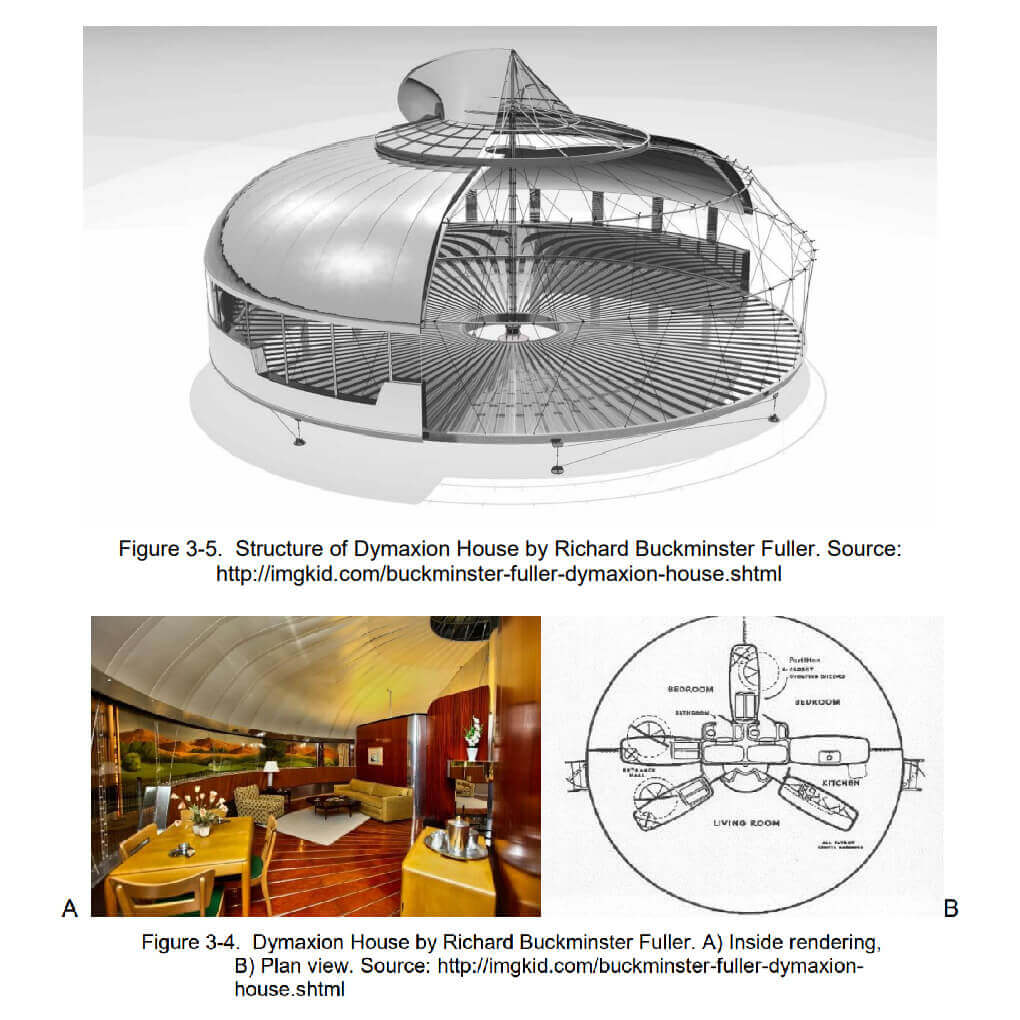 This thesis focuses on analyzing and designing truncated octahedron shape for an initial building module. This shape (besides cubes) out of all of Plato’s and Archimedean solids is capable of closely packing space. The ultimate aim of the research is to propose a design concept for affordable, structurally sound and architecturally appealing buildings.
This thesis focuses on analyzing and designing truncated octahedron shape for an initial building module. This shape (besides cubes) out of all of Plato’s and Archimedean solids is capable of closely packing space. The ultimate aim of the research is to propose a design concept for affordable, structurally sound and architecturally appealing buildings.
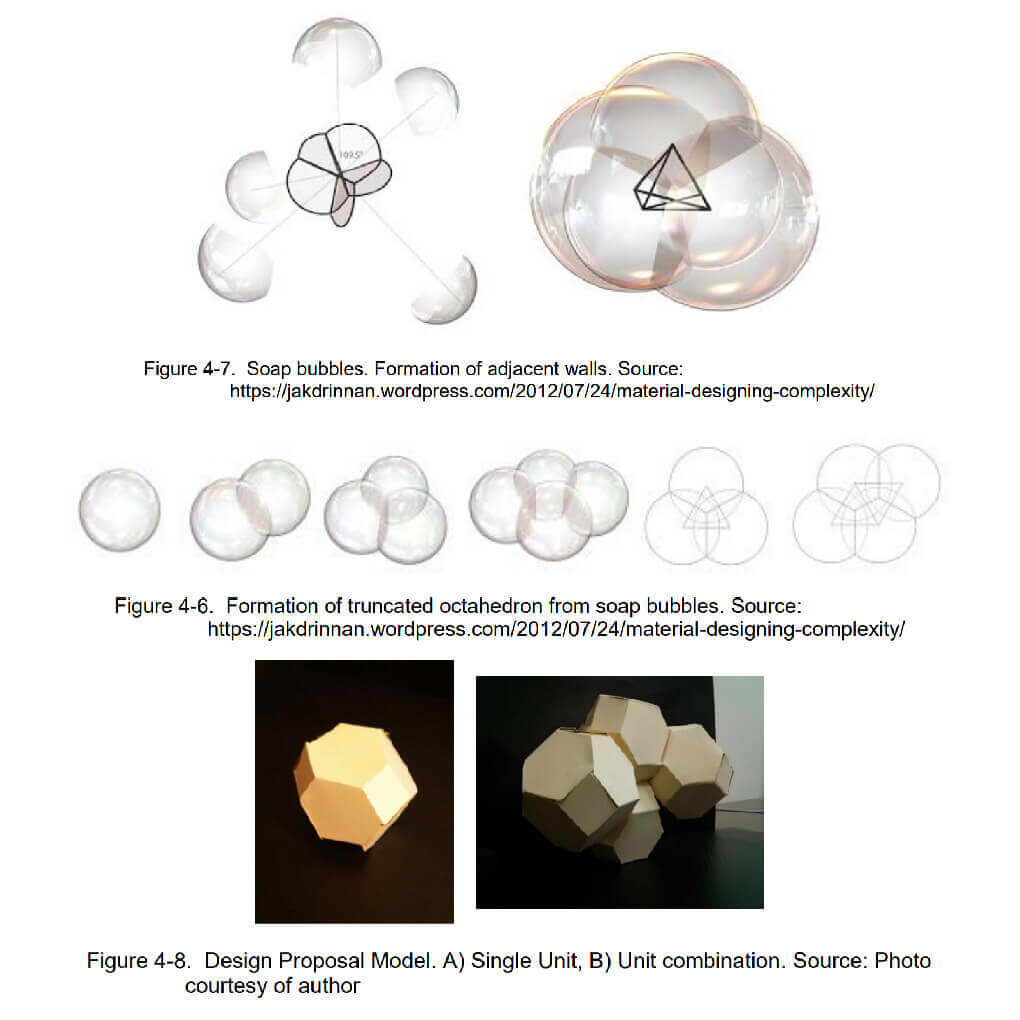 In 1920, in the book “Beyond the Pleasure Principle Biology”, Sigmund Freud said: Biology is truly a land of unlimited possibilities. We may expect it to give us the most surprising information, and we cannot guess what answers it will return in a few dozen years.
In 1920, in the book “Beyond the Pleasure Principle Biology”, Sigmund Freud said: Biology is truly a land of unlimited possibilities. We may expect it to give us the most surprising information, and we cannot guess what answers it will return in a few dozen years.
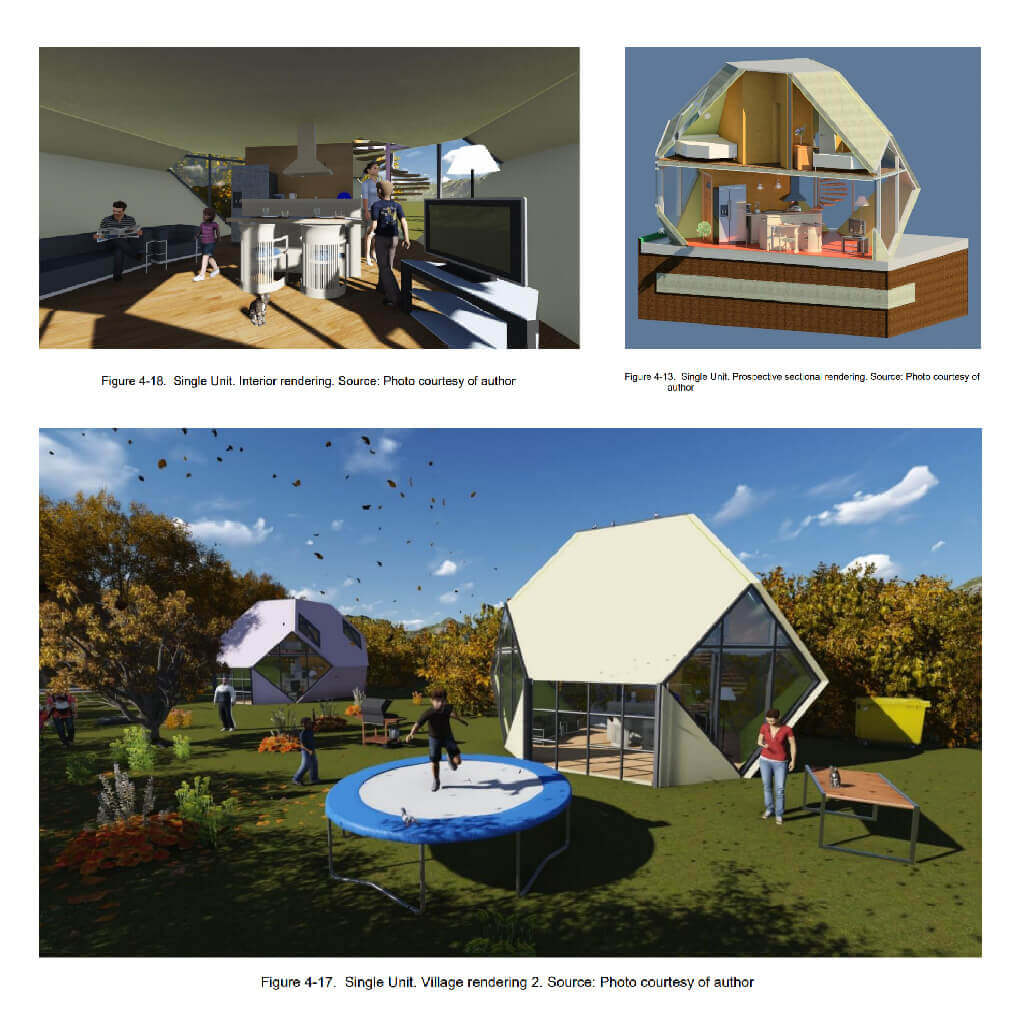 Today architects and structural engineers tend to go back to nature, biology and other disciplines to find their conceptual design inspiration there. There are so many examples, where nature and biology can help us create new technologies and approaches. The fire beetle can detect a fire in the forest within a 50 mile radius. The man-made detectors will be 100 times less efficient than this insect, that doesn’t require any electrical power or burning fossils. Another inspiring example is a spider web. It is the stronger biological material in the world. Arizona State University research (Science and Nature journal 2011) shows that spider web is five times stronger than piano wire. All those remarkable features of nature laws help designers to form so called conceptual design stage, where all the major decisions are made.
Today architects and structural engineers tend to go back to nature, biology and other disciplines to find their conceptual design inspiration there. There are so many examples, where nature and biology can help us create new technologies and approaches. The fire beetle can detect a fire in the forest within a 50 mile radius. The man-made detectors will be 100 times less efficient than this insect, that doesn’t require any electrical power or burning fossils. Another inspiring example is a spider web. It is the stronger biological material in the world. Arizona State University research (Science and Nature journal 2011) shows that spider web is five times stronger than piano wire. All those remarkable features of nature laws help designers to form so called conceptual design stage, where all the major decisions are made.
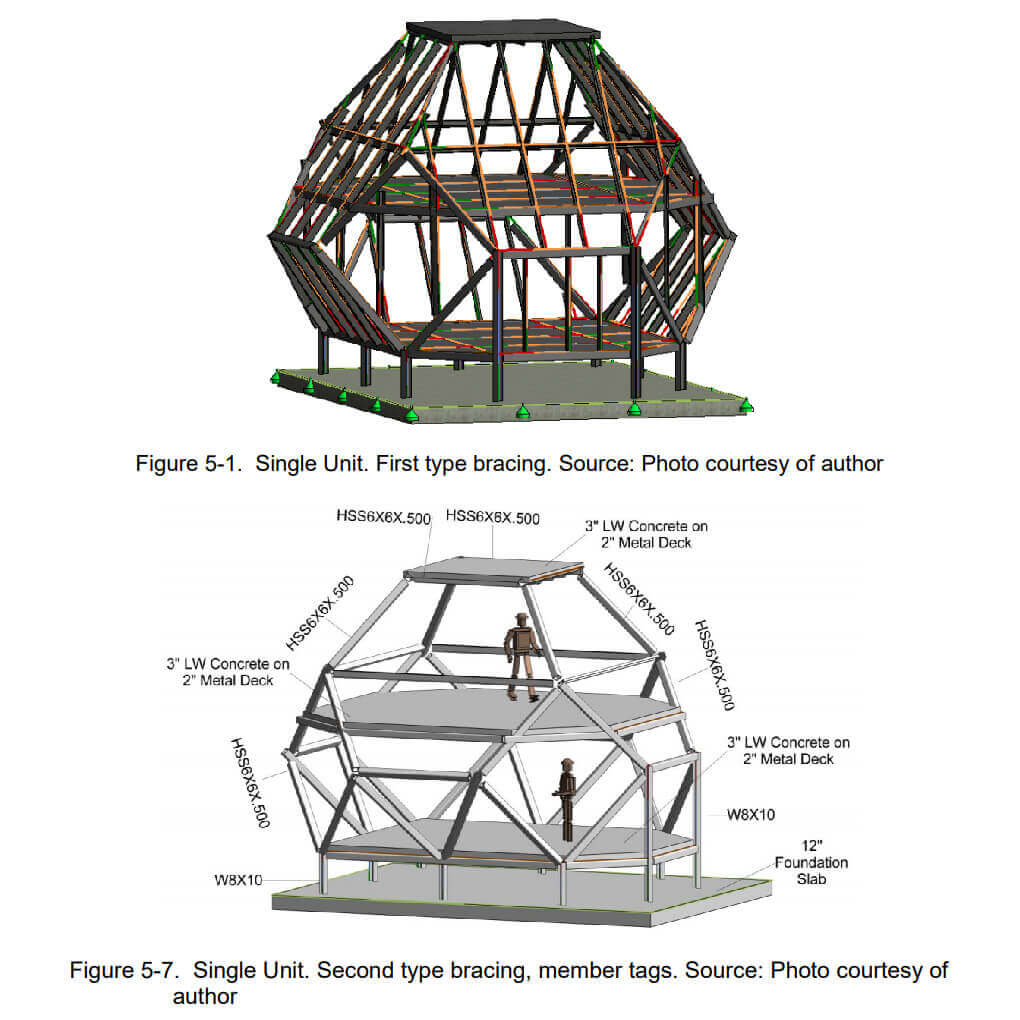 Man was born in nature and he lives in nature, he utilizes all the natural resources for survival and creating better living conditions for himself, sometimes “extensively modifying the ecological and climatic systems of the world”. For this reason, it is always important to remember, that humans are part of nature and they should be very careful to it and try to learn from its perfection as much as they can. All forms of nature have “architecture” in them.
Man was born in nature and he lives in nature, he utilizes all the natural resources for survival and creating better living conditions for himself, sometimes “extensively modifying the ecological and climatic systems of the world”. For this reason, it is always important to remember, that humans are part of nature and they should be very careful to it and try to learn from its perfection as much as they can. All forms of nature have “architecture” in them.
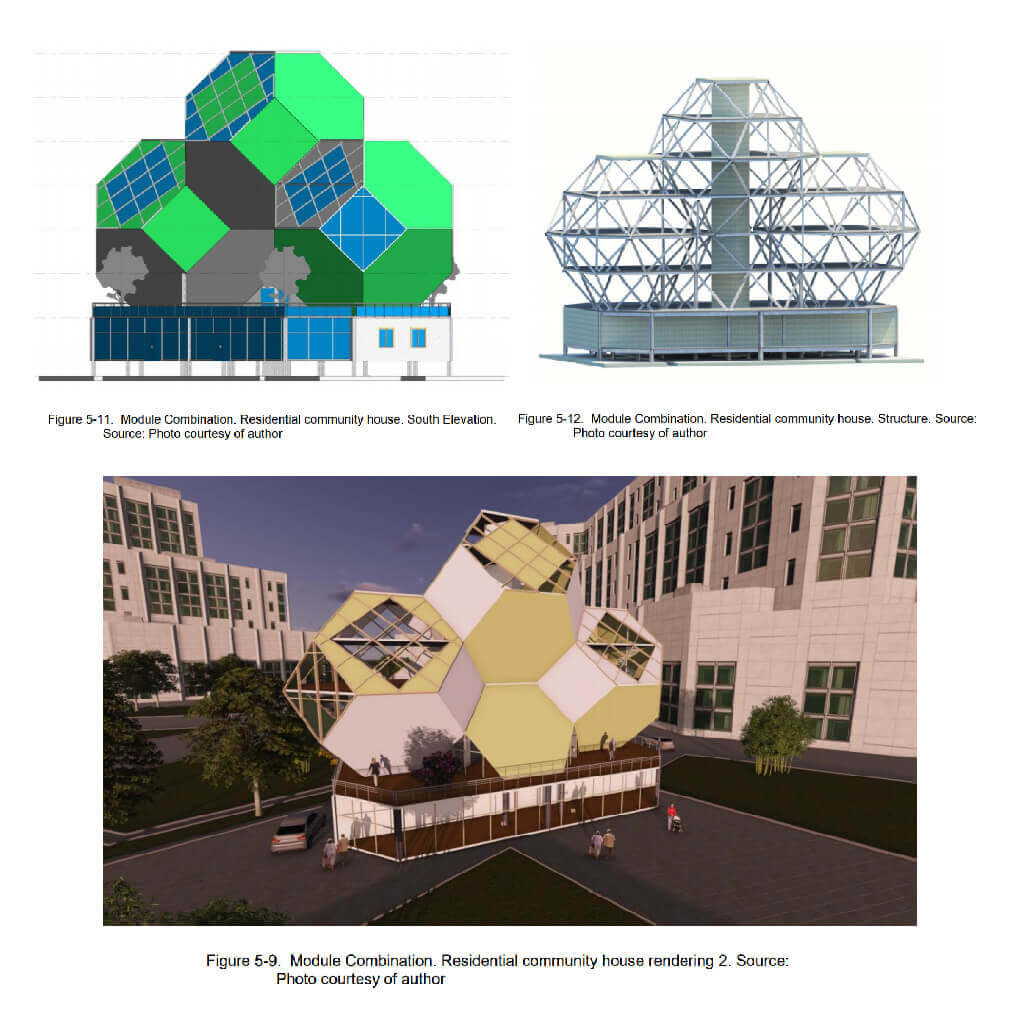 The wonder of nature is that it has a great “capacity to adapt and change significantly to generate new forms, structures and properties from existing ones” (Michael Weinstock, 2010). Equally important is a 13 description of a close relationship between form and behavior. The form of organism, building or city changes within the changes in behavior of the environment. As an example, cities and plants in the northern latitude have developed special behavior to adjust to that life cycle, weather the same settlements would have a completely different features in the southern latitudes. Another example of nature, is the perfect organization of the trees, where its trunk and branching provides moving roads for fluids, as well as structural stability and support for leafs.
The wonder of nature is that it has a great “capacity to adapt and change significantly to generate new forms, structures and properties from existing ones” (Michael Weinstock, 2010). Equally important is a 13 description of a close relationship between form and behavior. The form of organism, building or city changes within the changes in behavior of the environment. As an example, cities and plants in the northern latitude have developed special behavior to adjust to that life cycle, weather the same settlements would have a completely different features in the southern latitudes. Another example of nature, is the perfect organization of the trees, where its trunk and branching provides moving roads for fluids, as well as structural stability and support for leafs.
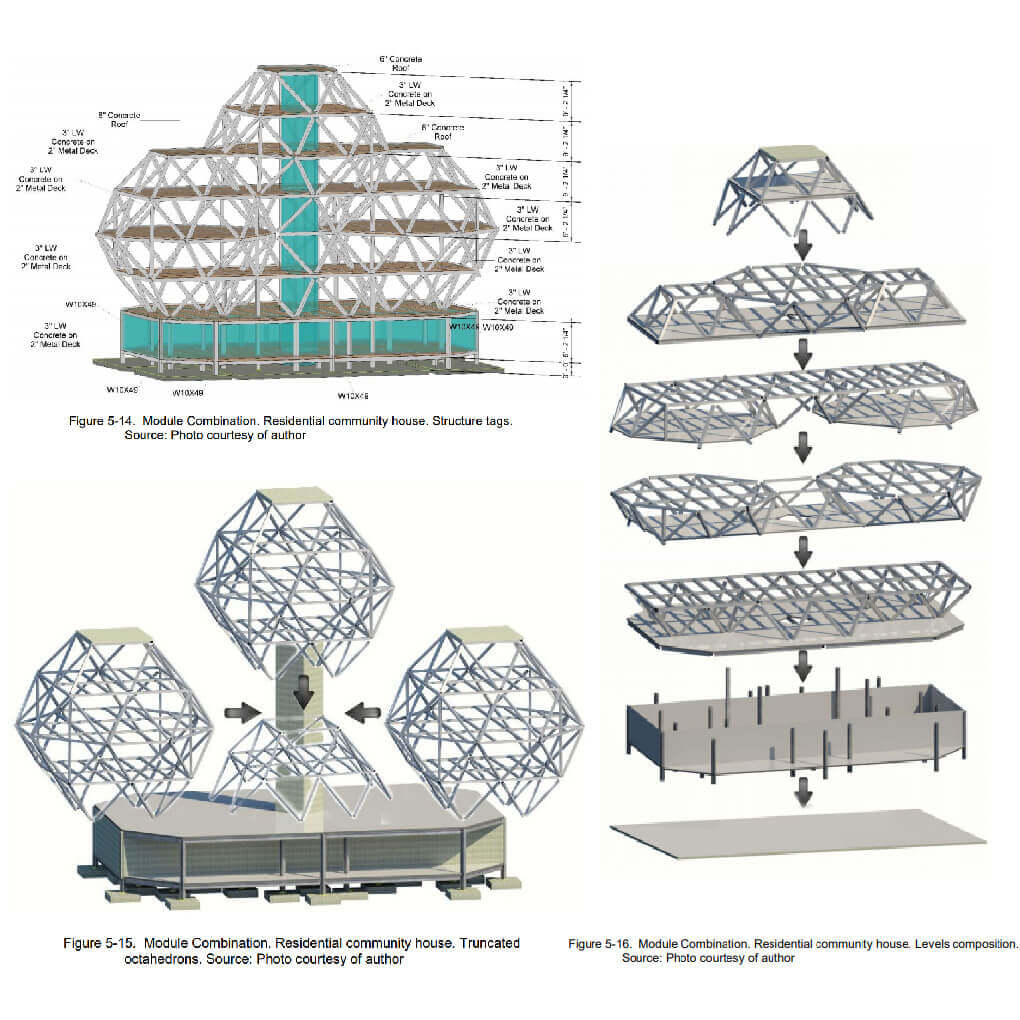 Furthermore, another interesting concept being utilized in this research is the concept of “emergence”. In a simple definition emergence is “applied to the properties of a system that cannot be deduced from its components” (Michael Weinstock, 2010). It is very important that all the properties of “a whole” are as much important as properties of any smaller parts while analyzing the dynamics of a system. For example, human body is constructed of a perfectly balanced architectural and structural systems. (Molecules. Atoms, Cells).
Furthermore, another interesting concept being utilized in this research is the concept of “emergence”. In a simple definition emergence is “applied to the properties of a system that cannot be deduced from its components” (Michael Weinstock, 2010). It is very important that all the properties of “a whole” are as much important as properties of any smaller parts while analyzing the dynamics of a system. For example, human body is constructed of a perfectly balanced architectural and structural systems. (Molecules. Atoms, Cells).
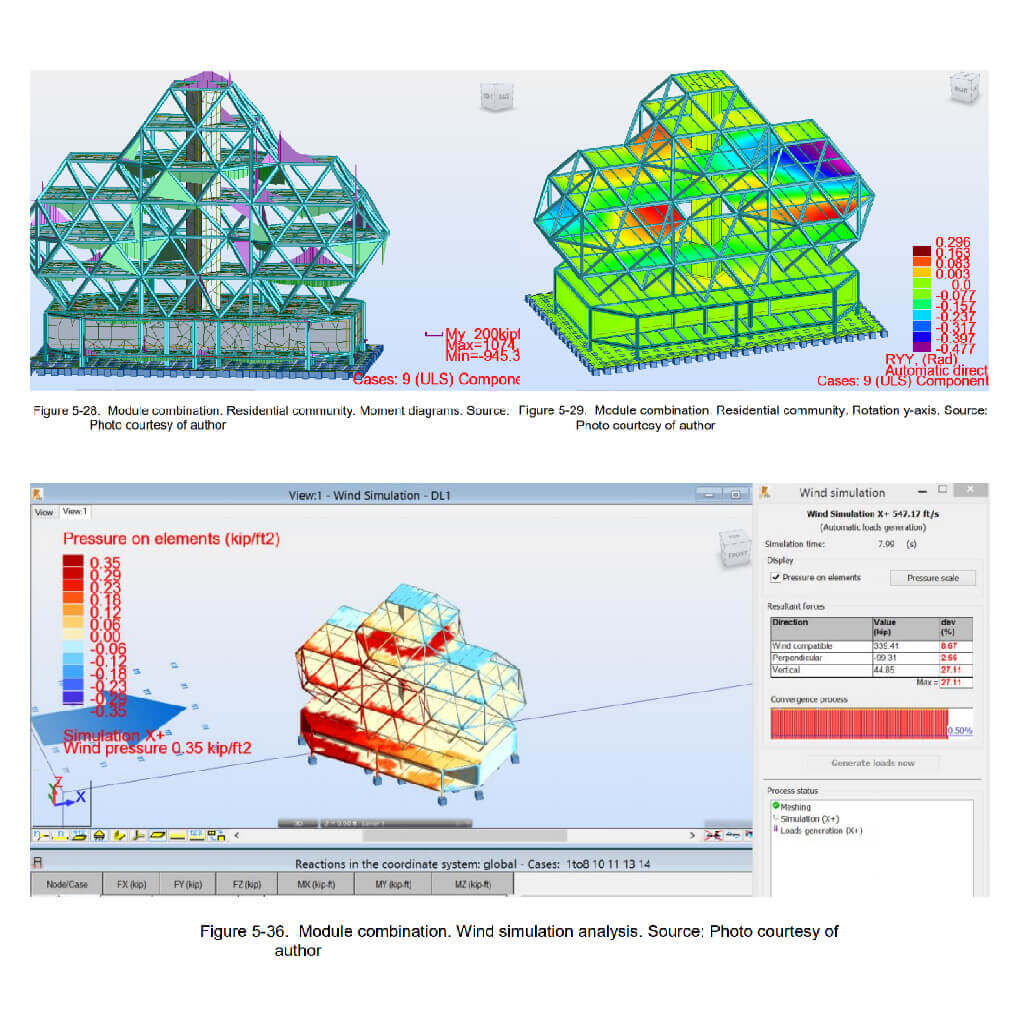 Atoms arrange in an organized way and form perfect structures of molecules, while the molecules create “complex architecture of proteins” (Michael Weinstock, 2010). This process is the beginning of building hierarchy of body structures, which increases its complexity with every new level. The human body undoubtedly depends on all processes of low level structures, however they don’t necessary describe one’s behavior.
Atoms arrange in an organized way and form perfect structures of molecules, while the molecules create “complex architecture of proteins” (Michael Weinstock, 2010). This process is the beginning of building hierarchy of body structures, which increases its complexity with every new level. The human body undoubtedly depends on all processes of low level structures, however they don’t necessary describe one’s behavior.
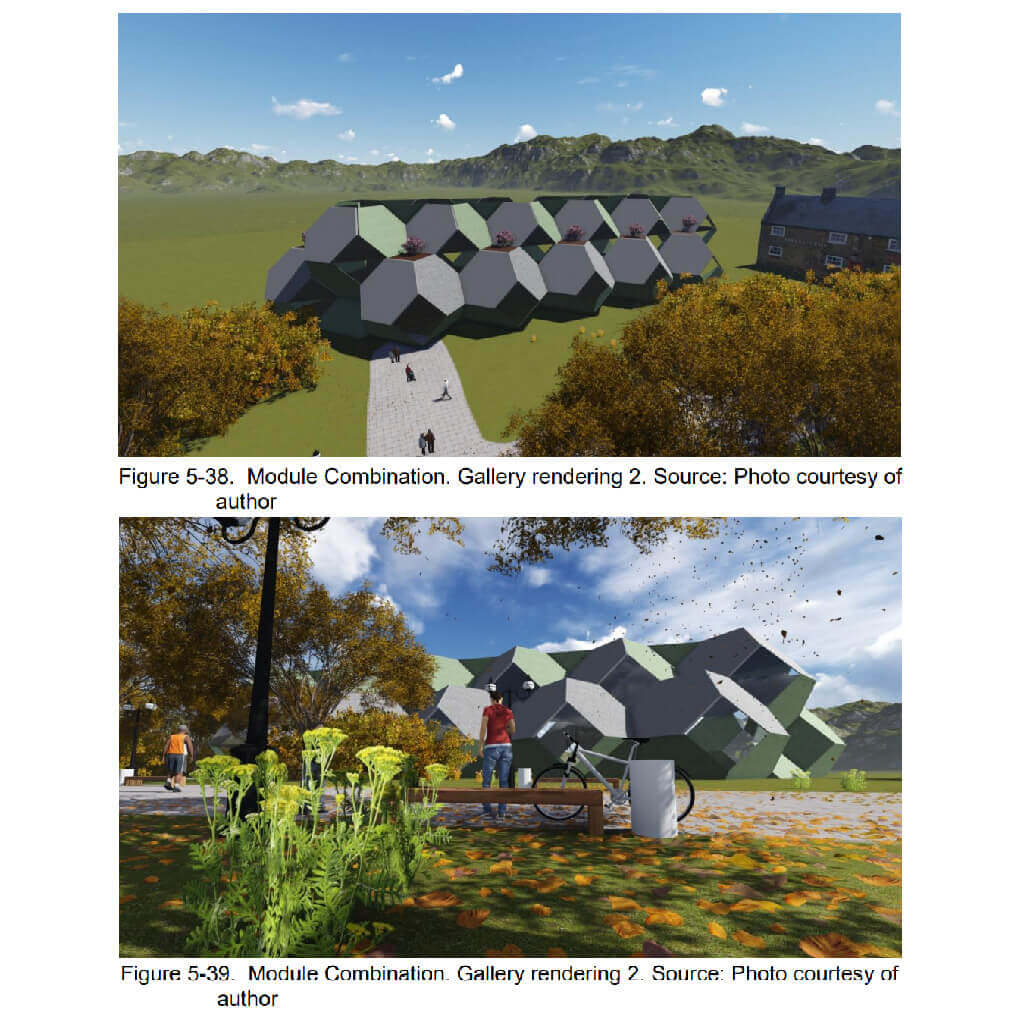 The next chapters will focus on the above indicated concepts and study in depth the structure and behavior of single cells and compare them with the behavior of organism that are built from these cells.
The next chapters will focus on the above indicated concepts and study in depth the structure and behavior of single cells and compare them with the behavior of organism that are built from these cells.
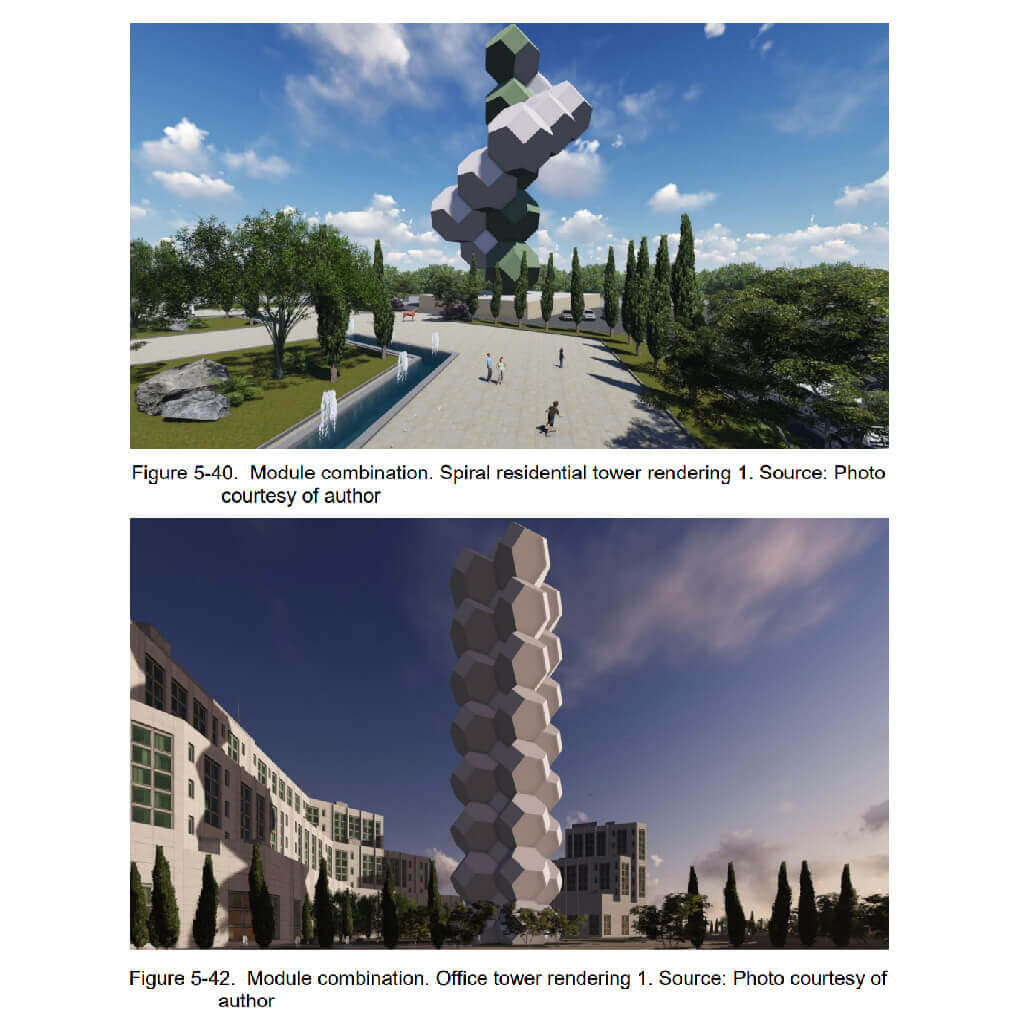 There are two processes that have created the ground for all living forms to emerge: “embryological development from a single cell to an adult form” and “the evolution of diverse species of forms over extended time” (Michael Weinstock, 2010). This research will cover both processes, looking for similarities and differences and applying this knowledge to the architectural design.
There are two processes that have created the ground for all living forms to emerge: “embryological development from a single cell to an adult form” and “the evolution of diverse species of forms over extended time” (Michael Weinstock, 2010). This research will cover both processes, looking for similarities and differences and applying this knowledge to the architectural design.




























Comments